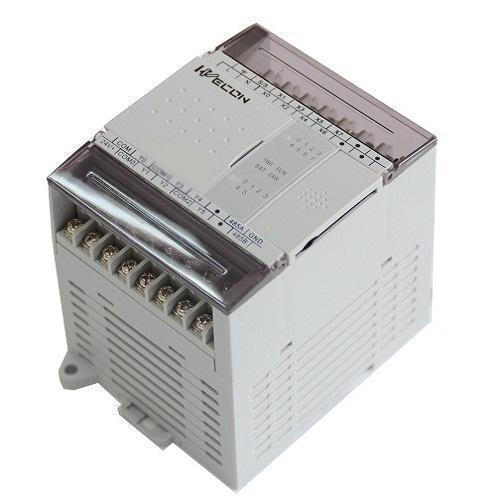1. EXECUTIVE SUMMARY
- CVSS v3 7.8
- ATTENTION: Low skill level to exploit
- Vendor: WECON
- Equipment: PLC Editor
- Vulnerabilities: Stack-based Buffer Overflow, Heap-based Buffer Overflow
2. RISK EVALUATION
Successful exploitation of these vulnerabilities could allow an attacker to execute code under the privileges of the application.
3. TECHNICAL DETAILS
3.1 AFFECTED PRODUCTS
The following versions of PLC Editor, a ladder logic software, are affected:
- PLC Editor Versions 1.3.8 and prior
3.2 VULNERABILITY OVERVIEW
3.2.1 STACK-BASED BUFFER OVERFLOW CWE-121
A stack-based buffer overflow vulnerability has been identified that may allow arbitrary code execution.
CVE-2020-25177 has been assigned to this vulnerability. A CVSS v3 base score of 7.8 has been calculated; the CVSS vector string is (AV:L/AC:L/PR:N/UI:R/S:U/C:H/I:H/A:H).
3.2.2 HEAP-BASED BUFFER OVERFLOW CWE-122
Heap-based buffer overflow vulnerabilities have been identified that may allow arbitrary code execution.
CVE-2020-25181 has been assigned to these vulnerabilities. A CVSS v3 base score of 7.8 has been calculated; the CVSS vector string is (AV:L/AC:L/PR:N/UI:R/S:U/C:H/I:H/A:H).
3.3 BACKGROUND
- CRITICAL INFRASTRUCTURE SECTORS: Critical Manufacturing, Energy, Water and Wastewater Systems
- COUNTRIES/AREAS DEPLOYED: Worldwide
- COMPANY HEADQUARTERS LOCATION: China
3.4 RESEARCHER
Natnael Samson (@NattiSamson) and Francis Provencher {PRL}, working with Trend Micro’s Zero Day Initiative, reported these vulnerabilities to CISA.
4. MITIGATIONS
WECON is aware of these vulnerabilities and is currently developing a solution. For more information, contact WECON online or by phone: 0086-591-87868869-894
CISA recommends users take defensive measures to protect themselves from social engineering attacks:
- Do not click web links or open unsolicited attachments in email messages.
- Refer to Recognizing and Avoiding Email Scams for more information on avoiding email scams.
- Refer to Avoiding Social Engineering and Phishing Attacks for more information on social engineering attacks.
CISA reminds organizations to perform proper impact analysis and risk assessment prior to deploying defensive measures.
CISA also provides a section for control systems security recommended practices on the ICS webpage on us-cert.cisa.gov. Several recommended practices are available for reading and download, including Improving Industrial Control Systems Cybersecurity with Defense-in-Depth Strategies.
Additional mitigation guidance and recommended practices are publicly available on the ICS webpage on us-cert.cisa.gov in the Technical Information Paper, ICS-TIP-12-146-01B–Targeted Cyber Intrusion Detection and Mitigation Strategies.
Organizations observing any suspected malicious activity should follow their established internal procedures and report their findings to CISA for tracking and correlation against other incidents.
No known public exploits specifically target these vulnerabilities. These vulnerabilities are not exploitable remotely.
Source:


Stay connected